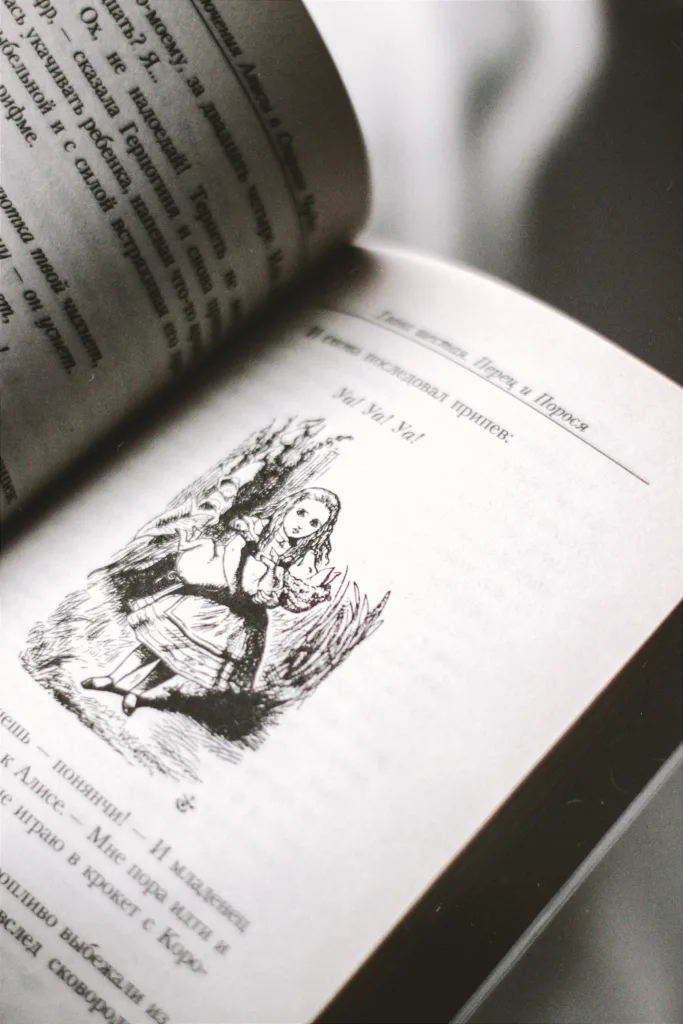Kafkaesque is a term that is often used to describe situations or environments that are characterized by extreme confusion, bureaucracy, and illogicality. The term originated from the works of Franz Kafka, a Czech writer who is famous for his unsettling, often nightmarish stories. In Kafka’s works, his characters are frequently trapped in situations in whch they are unable to understand or control what is happening, and the same can be said for many real-life scenarios that are described as Kafkaesque. Here are some examples of Kafkaesque situations that people may encounter in their daily lives:
1. The DMV: The Department of Motor Vehicles is notorious for its long lines, confusing paperwork, and arbitrary rules. People who visit the DMV often feel as though they are trapped in a Kafkaesque nightmare, unable to navigate the bureaucracy and unsure of what they need to do to get their license or registration.
2. Corporate Culture: Many companies have a complex hierarchy of rules and regulations that can be difficult to understand. Employees may feel as though they are trapped in a Kafkaesque world in which they are powerless to break free from the rigid structure of their workplace.
3. Immigration: The process of immigrating to a new country can be Kafkaesque in its complexity and uncertainty. Immigrants may feel as though they are trapped in a bureaucratic maze, unsure of what forms they need to fill out, what documents they need to submit, or how long the process will take.
4. Healthcare: The healthcare system can be Kafkaesque in its complexity and lack of transparency. Patients may feel as though they are trapped in a system that is impossible to navigate, with unclear pricing structures, confusing medical terminology, and long wait times.
5. The Justice System: The justice system can also be Kafkaesque in its complexity and arbitrariness. Defendants may feel as though they are trapped in a system that is stacked against them, with unclear rules and regulations, biased judges, and lengthy legal proceedings.
These are just a few examples of Kafkaesque situations that people may encounter in their daily lives. The term is often used to describe situations that are characterized by extreme confusion, bureaucracy, and illogicality, and it is a reminder of how easily we can become trapped in systems that we cannot control or understand. As Kafka himself wrote, “There is an infinite amount of hope in the universe…but not for us.”
What Makes A Situation Kafkaesque?
A Kafkaesque situation is characterized by a nightmarish setting in which individuals are crushed by an incomprehensible and impersonal authority. Such situations are oten characterized by bureaucratic and administrative structures that are nonsensical and difficult to navigate. The individual in a Kafkaesque situation feels powerless to understand or control what is happening. The following points may help in understanding what makes a situation Kafkaesque:
– Impersonal Authority: The authority that creates the Kafkaesque situation is often faceless and impersonal, making it difficult for individuals to understand the decision-making process.
– Nonsensical Rules: Kafkaesque situations are often created by rules and regulations that are difficult to understand or follow. These rules may seem arbitrary or contradictory, leading to confusion and frustration.
– Powerlessness: In a Kafkaesque situation, the individual feels powerless to change the circumstances or to challenge the authority that is creating the situation. This can lead to feelings of hopelessness and despair.
– Nightmarish Setting: The setting of a Kafkaesque situation is often dark, oppressive, and surreal. This creates a sense of disorientation and disconnection from reality.
– Crushing of Individuality: Kafkaesque situations often involve the crushing of individuality, with individuals being reduced to mere cogs in a bureaucratic machine. This can lead to a loss of identity and a sense of dehumanization.
A Kafkaesque situation is characterized by an impersonal authority, nonsensical rules, powerlessness, a nightmarish setting, and a crushing of individuality.

What Are Kafkaesque Qualities?
Kafkaesque qualities refer to the oppressive, nightmarish, bizarre, or illogical elements of a situation or system, reminiscent of thoe found in the works of the Czech writer Franz Kafka. These qualities may include a lack of transparency, a sense of helplessness or disorientation, a feeling of being trapped or confined, and an inability to understand or navigate the rules and procedures that govern one’s life. They may also involve a pervading sense of anxiety or dread, a feeling of being watched or monitored, or a sense of being subject to arbitrary or capricious authority. Kafkaesque qualities convey a sense of unease and discomfort, and may be used to describe a range of real-world situations, from bureaucratic red tape to totalitarian regimes to personal experiences of alienation or isolation.
Why Is Life So Kafkaesque?
Life can be Kafkaesque due to various reasons, such as the unpredictable and uncontrollable nature of events and circumstances that challenge our established perceptions and behaviors. Kafkaesque situations often arise when we find ourselves trapped in bureaucratic or authoritarian systems that undermine our agency and individuality. The feeling of being stuck in a surreal world whee all our control patterns and plans fall apart can also contribute to a Kafkaesque experience. Additionally, the lack of clear communication and understanding between people, groups, or institutions can create a sense of absurdity and confusion that mirrors the themes found in Kafka’s work. Ultimately, life can feel Kafkaesque when we confront situations that defy our expectations, assumptions, and sense of order, leaving us questioning our place in the world and the meaning of our existence.
Is Alice In Wonderland Kafkaesque?
Alice in Wonderland can be considered Kafkaesque due to its absurdity and surrealism. The story features a young girl who falls into a rabbit hole and encounters bizarre characters and situations that challenge her sense of reality. The trial of the Knave of Hearts is a prime example of Kafkaesque absurdity, whee Alice finds herself in a courtroom where the rules and logic are completely nonsensical. The characters in the story often act in arbitrary and illogical ways, similar to the characters in Franz Kafka’s works. Additionally, Alice’s struggle to find her way back home can be seen as a metaphor for the human condition of feeling lost and alienated in a confusing and unpredictable world. the fantastical and surreal elements of Alice in Wonderland align with key themes and techniques found in Kafka’s works, making it a prime example of Kafkaesque literature.

Conclusion
Kafkaesque situations have become a prevalent part of our modern society, in which individuals are often faced with oppressive and nightmarish qualities that seem to defy logic and reason. The works of Franz Kafka have left an indelible mark on our cultural consciousness, inspiring the use of the term “Kafkaesque” to describe bizarre and impersonal administrative situations that leave individuals feeling powerless and unable to understand or control what is happening. From bureaucratic red tape to oppressive legal systems, there are countless examples of Kafkaesque situations that continue to frustrate and confound us. However, by understanding the underlying themes and motifs of Kafka’s work, we can gain a deeper appreciation for the complex and often absurd nature of the world around us, and hopefully find ways to navigate thse Kafkaesque situations with greater understanding and resilience.
